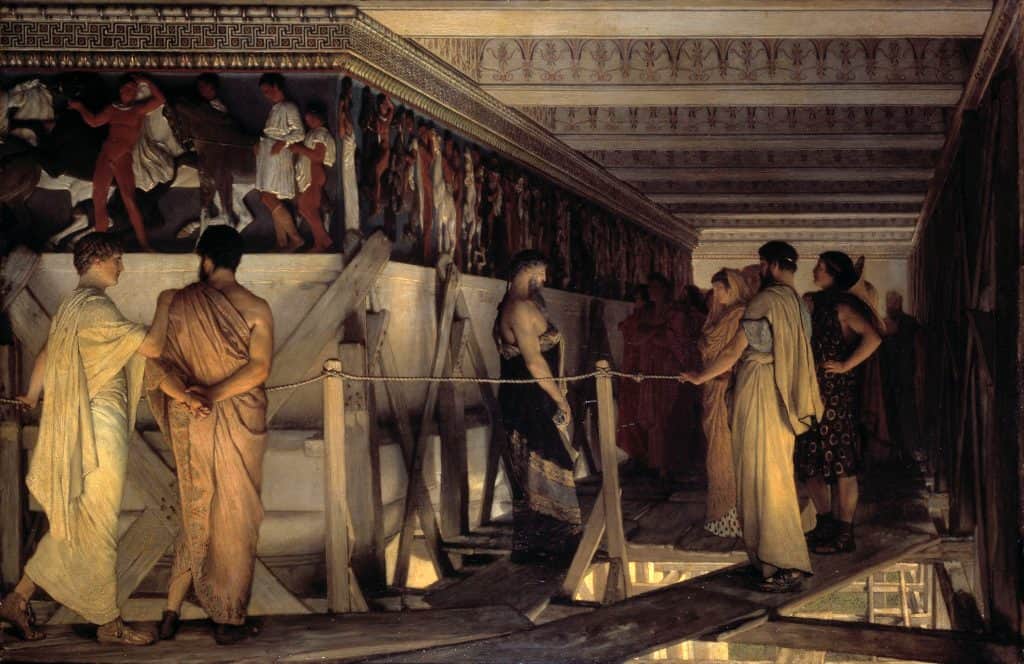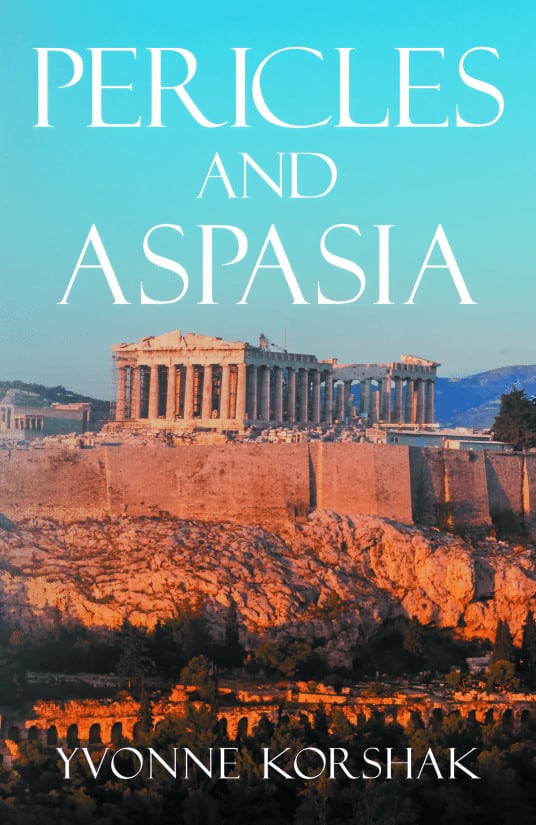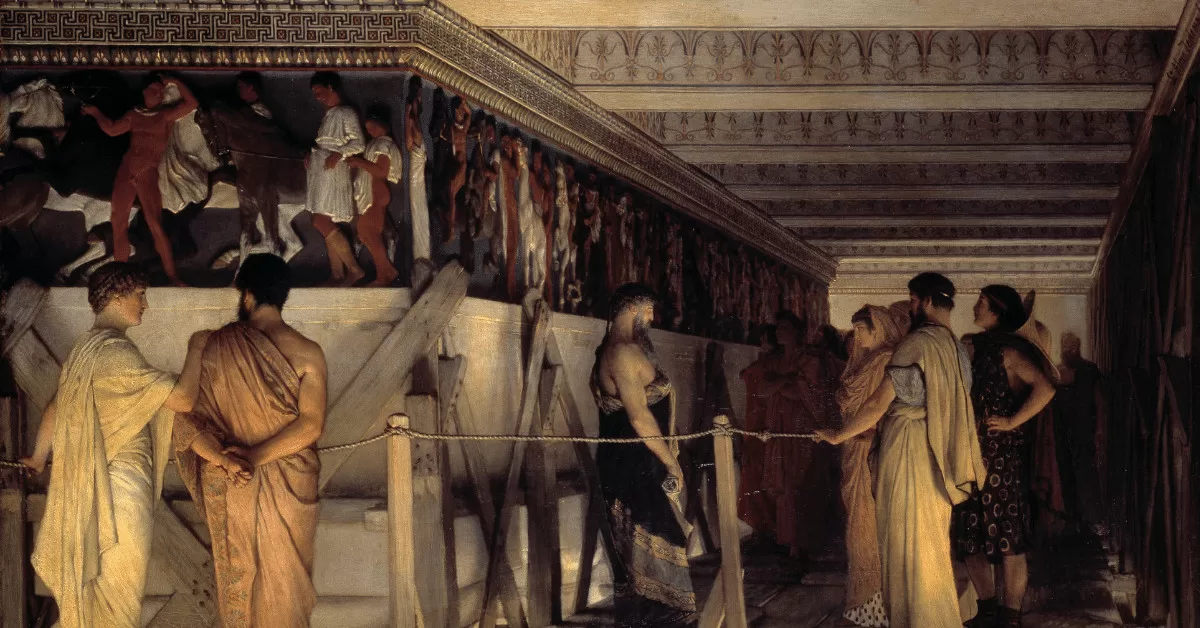Book Review: “Pericles and Aspasia” by Yvonne Korshak
In the game “Assassins Creed Odyssey,” players live and breathe Greek history and mythology: the varied and diverse islands, sprawling with unique characters, each with their own motivations, lives, and stories. Landscapes brim with color, trilling music and sea birds float on the balmy and briny ocean breeze, and imposing ships cluster in Grecian harbors. People mill around hawking their wares, engaging in conversation, or attending to their crafts. And above all, the pantheon keeps an eye on their creation.
So, why mention a video game in a book review? Author and academic Yvonne Korshak’s debut novel Pericles and Aspasia resounds with a number of similarities with this game: the creation of a living, breathing Greece in all its beauty; the immersion of the partaker in a foreign-but-somehow-familiar world; and, perhaps most acutely, the placement of Pericles and Aspasia at the very top.

It might seem that I paint the aforementioned works with a rose-colored filter, as if Ancient Greece were in a constant state of halcyon. Far from it, actually. For both portray Greece with the good and the not-so-good. Ancient Greece comprised a number of divergent city-states that occasionally allied together against domestic and foreign incursions. War broke out frequently and often lasted for years. Borders and allegiances shifted constantly. Systems of government vied for prominence. New ways of thinking contrasted with the old. Sometimes chaos reigned.
Synopsis
It’s against this backdrop that Korshak sets her novel. Pericles and Aspasia offers readers a chance to delve into Greek history during the so-called “Golden Age of Athens”. Breathtaking in execution, exquisite in detail, realistic in interpretation, Pericles and Aspasia tells the story of the statesman and general Pericles and his lover Aspasia, a hetaira and the daughter of an intellectual.
Korshak splits the story into two narratives, one for each protagonist. Pericles struggles to balance the needs of the Athenian democracy with his own ambitions including the construction of a gold and ivory statue of Athena Parthenos. Aspasia, on the other hand, works to create a good life in a society where women can’t vote or hold jobs. Their lives intersect, and soon, they can’t live without each other.
Review
Very few books this year have captured my attention as much as Pericles and Aspasia. Arguably my predilection for Greek history and mythology may be to blame. But more than that, Korshak creates a vibrant novel that bears the hallmarks of similar writers such as Madeline Miller (author of Circe and The Song of Achilles): deep worldbuilding, consideration to the gods, characters driven by destiny and bowed by hubris, and so, so much more.
Additionally, I loved the realistic relationship between Pericles and Aspasia. Though they love each other, they must still contend with the realities of their situation: their inability to wed as Aspasia is not an Athenian citizen; Pericles’ preoccupation with war; and Pericles’ occasional dismissal of Aspasia’s intellectual interests as not being worthy or appropriate because she’s a woman. Despite this, their relationship develops and matures, and you can’t help but appreciate them.
I don’t want to spill too much so you’ll have to check this out for yourself! I can’t recommend this book enough.
Book Summary

Title: Pericles and Aspasia
Author: Yvonne Korshak
Publisher: Caryatid Imprint
Publication Year: 2022
Page Count: 500pp (paperback)
Featured image: Phidias Showing the Frieze of the Parthenon to His Friends, Lawrence Alma-Tadema, oil on canvas, 1868 (©Birmingham Museum and Art Gallery, 1923P118/Public Domain)


4 Comments